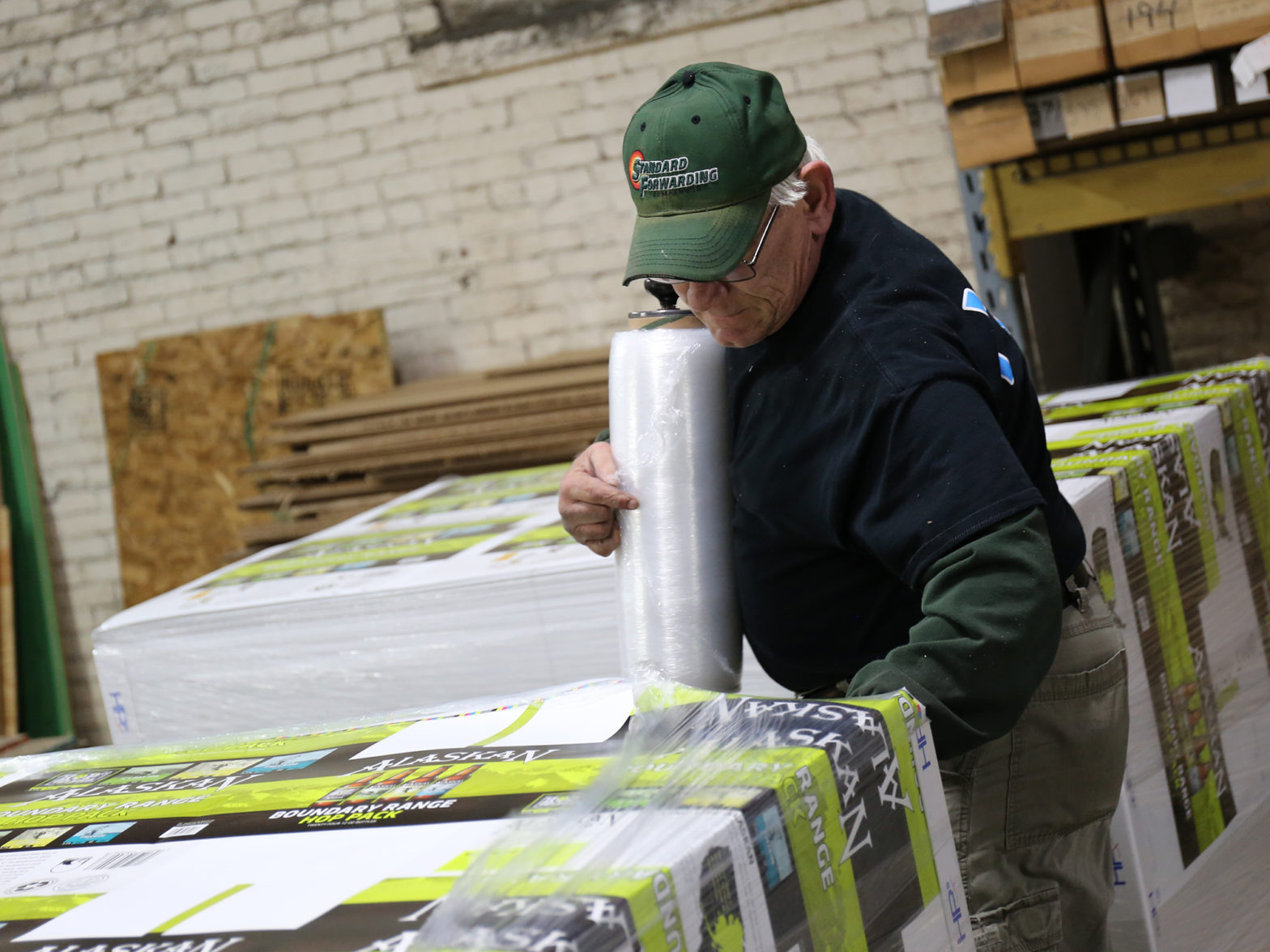We all know that the path has been challenging for manufacturing businesses in recent times and it doesn’t make anything easier that most manufacturing companies, if not all to some extent, depend on the services of other companies to either deliver the raw materials they need for the production process or to follow through with the delivery of the goods that are being manufactured. At Huston Patterson we have freight that leaves our facility daily. Some of these orders we deliver with our own truck or a dedicated truck, but by far and away most of the freight that leaves our dock will be carried by LTL carriers.
Its no secret that it’s a great time to be in the LTL business, which is roughly a $44 billion market that currently has an overwhelming demand for the service they provide. That said, things have been equally challenging for these freight carriers as they have for any other business in this environment. LTL companies have been faced with the challenging issue of hiring employees and drivers, just like all of us have, impart due to the federal stimulus program. On top of that, the impact of the Covid pandemic has also handcuffed the capacity that the carriers can offer. The statistic that I read from one LTL company with a work force of 3,100 people was that they confirmed only 9 positive cases of covid in their workforce but had 80 separate employees forced to quarantine out of concern of being in contact with the virus. This barrier on capacity combined with the elevated demand has caused LTL prices to steadily climb while at the same time the frailty of the workforce has caused some concerning consistency issues with deliveries in the LTL segment.
There was a time when it was somewhat rare that I needed to track down an LTL shipment and communicate changes in the expected delivery schedule, but over the last year it’s become something that I’ve learned needs to be handled proactively in order to get communication out as soon as possible for any issues that may occur during transit.
Here is an article that I think portrays a pretty good picture of the LTL sector in 2021 and likely for the foreseeable future. State of LTL 2021: Bull market – Logistics Management (logisticsmgmt.com)
For more tips from me, Lee Tirey, and the Real People of HP, explore our additional blogs and videos, or contact us directly at Huston Patterson.

